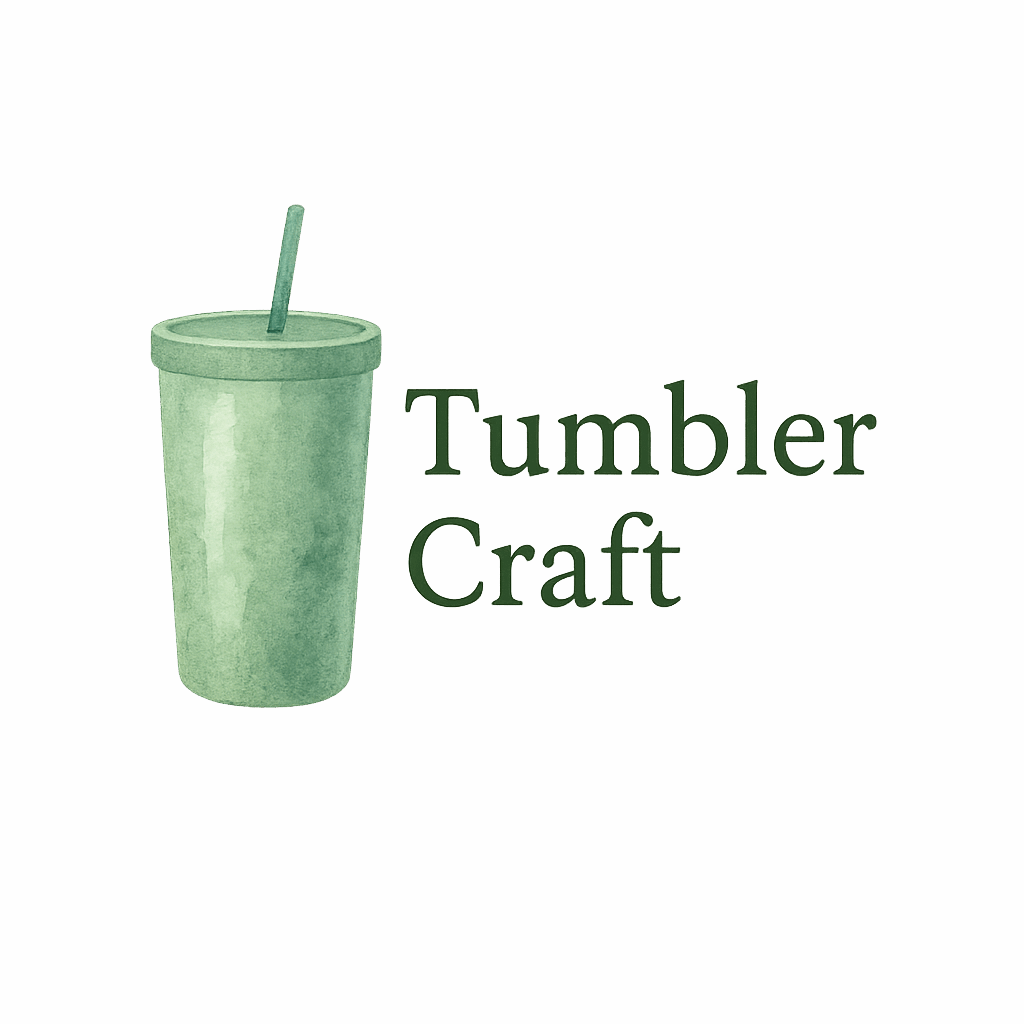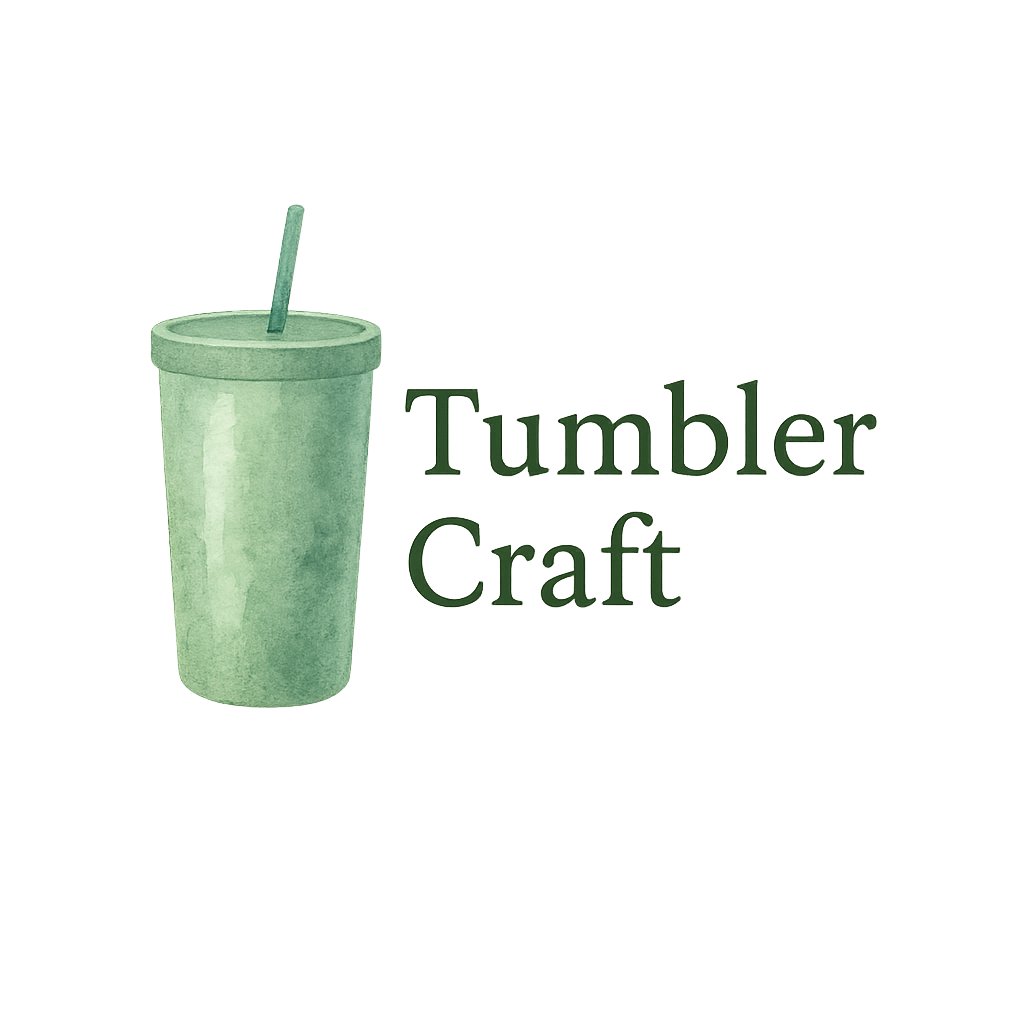Introduction: Why Stencils Matter in Tumbler Design
Tumbler crafting is more than a trend—it’s a movement. Whether you’re customizing tumblers for gifts, resale, or Instagram-worthy art, stencils are your secret weapon. They add depth, character, and that oh-so-polished finish that screams “pro-level.” But not all stencils are created equal. In this article, we’ll dive into 10 stencil techniques that can seriously upgrade your tumbler game—and yes, we’ve sprinkled in some game-changing links from TumblerCrafts.com so you’re always one step ahead.
Ready to transform basic into beautiful? Let’s stencil our way there.
1. Basic Vinyl Stenciling
Tools You’ll Need
Vinyl stenciling is the gateway technique. All you need is:
- Permanent adhesive vinyl
- Transfer tape
- Weeding tool
- Craft knife
- Your favorite tumbler blanks
Perfect for beginners, this method offers clean edges and high design flexibility. Pro tip: Use painter’s tape if you don’t have transfer tape on hand.
Best Surfaces to Use
Vinyl works best on:
- Stainless steel
- Glass
- Acrylic tumblers
Just make sure the surface is clean and dry before applying. A little rubbing alcohol goes a long way in making that vinyl stick like glue.
Check out TumblerCrafts’ beginner crafting guide for more newbie-friendly tips.
2. Reverse Stencil Technique
How It Works
Instead of painting inside the stencil, you’re masking off your design so the surrounding area gets painted. The unpainted space reveals the design.
Tips for Clean Lines
- Use a scraper to press the stencil down firmly.
- Apply thin coats of paint to avoid bleeding.
- Let layers dry before removing the stencil for that satisfying peel.
Reverse stenciling gives your tumblers a modern, negative-space aesthetic that’s perfect for a minimalist vibe.
3. Layered Stenciling
Creating Depth with Multiple Layers
Want to make your tumbler designs pop? Layered stenciling allows you to create shadows, dimension, and even 3D effects.
- Use multiple stencils with slightly offset designs.
- Paint in stages, letting each layer dry fully.
Choosing Color Combinations
Start with light backgrounds and work toward darker tones. For inspiration, visit the TumblerCrafts Inspiration hub and explore trending palettes.

4. Etching Stencils
Using Etching Cream Safely
Etching adds a permanent frosted design on glass tumblers—no peeling, no fading.
What you need:
- Glass tumbler
- Etching cream
- Vinyl stencil
- Gloves and safety goggles
Apply cream evenly, let it sit for 5-10 minutes, and rinse thoroughly. Voilà—permanent elegance.
Perfect for Permanent Designs
Want something dishwasher-safe and forever? Etching is your go-to. Perfect for business logos and personalized gifts. See more pro tips under crafting techniques.
5. Spray Paint & Airbrush Stenciling
Why It’s a Favorite Among Pros
This technique brings out vibrant, even color tones and gradients that are tough to get with brushes.
Avoiding Overspray
- Tape off all non-stenciled areas.
- Use light, controlled bursts of paint.
- Practice on scrap materials before going all in.
This technique pairs beautifully with epoxy finishes for an ultra-professional look.
6. Freezer Paper Stencils
Ideal for DIY Transfers
Freezer paper stencils are budget-friendly and surprisingly accurate.
Just print your design on freezer paper, cut it out, and iron it onto your tumbler using a protective sleeve.
Crafting Crisp Designs
Since freezer paper has a waxy back, it adheres well during painting and peels off without residue. This is a hit among fans of DIY tumbler hacks.
7. Adhesive Stencils for Easy Use
Reusable or Disposable?
You can find both options. Reusable ones are perfect for batch projects, while disposable ones offer fresh edges every time.
Best Adhesives to Avoid Bleeding
Look for stencils with low-tack adhesive backing. Use a brayer to eliminate air bubbles and ensure crisp results.
Need help picking the right crafting tools? We’ve got a whole tag for that.
8. Silhouette & Cricut Stencil Cutting
Digital Cutting for Precision
Custom stencils are a breeze if you own a Silhouette or Cricut. Design, cut, stick, and paint.
Using Online Templates
Sites like TumblerCrafts tutorials often provide SVGs that are ready to go. Save time and nail that design!
9. Hand-Cut Stencils for Personal Touch
When to Choose This Method
No cutting machine? No problem. Hand-cut stencils offer freedom for unique, organic shapes and can add a charming imperfection.
Recommended Craft Knives
Use precision blades like X-Acto knives for detailed work. A cutting mat is essential to protect your workspace.
Hand-cut stencils are perfect for those looking to start crafting on a budget.
10. Foil Stencil Transfers
Adding Shine and Texture
Foil stenciling adds that wow-factor. Once your design is stenciled using foil adhesive, press the foil sheet onto the tumbler and heat it.
Heat Tools That Work Best
Use a craft iron or a mini heat press for best results. The foil will bond to the adhesive in the stencil area, giving it a metallic gleam.
More shimmer? Yes, please. Find foil-compatible materials in the DIY materials section.
Bonus Tips to Level Up Your Stenciling Game
Prep Is Everything
Always clean your tumbler with alcohol before applying any stencil. Oils and dust ruin adhesion and paint quality.
Sealing Your Tumbler for Durability
After painting, seal your design with a clear epoxy or UV resin for a professional, glossy finish. Learn how to get that flawless finish that customers love.
Common Mistakes to Avoid
- Rushing the drying time
- Using low-quality stencils
- Not securing the stencil edges
- Forgetting to seal your artwork
These mistakes can make your tumbler look DIY in the worst way. Don’t do that to yourself.
Conclusion: Your Next Crafting Adventure Awaits
Stenciling can take your tumbler designs from basic to breathtaking. Whether you’re working on a side hustle or just expressing your creativity, these stencil techniques open the door to endless possibilities. So go ahead—experiment, layer, seal, and most importantly, have fun!
And remember, TumblerCrafts has all the tools, inspiration, and tutorials you need to master the art. From DIY Projects to Business Tips, your journey is just beginning.
FAQs
1. What’s the best stencil technique for beginners?
Basic vinyl stenciling is beginner-friendly and super versatile.
2. Can I reuse adhesive stencils?
Yes! Some are made to be reusable. Just clean them carefully.
3. Do I need a Cricut to make stencils?
Not at all. Hand-cut stencils and pre-made options work great too.
4. How do I prevent paint from bleeding under the stencil?
Use low-tack adhesive, press down edges firmly, and apply light paint coats.
5. What kind of paint works best on tumblers?
Acrylic paints with sealant or spray paints with epoxy finishes give great results.
6. Can I stencil on curved tumblers?
Absolutely. Just cut slits in the stencil to help it curve smoothly.
7. Where can I find more ideas and supplies?
Visit TumblerCrafts.com for tools, materials, and endless inspo!


